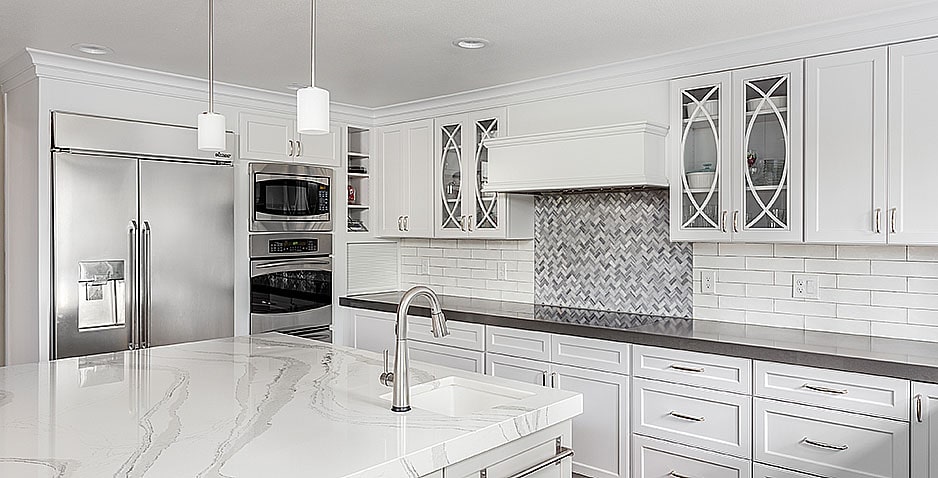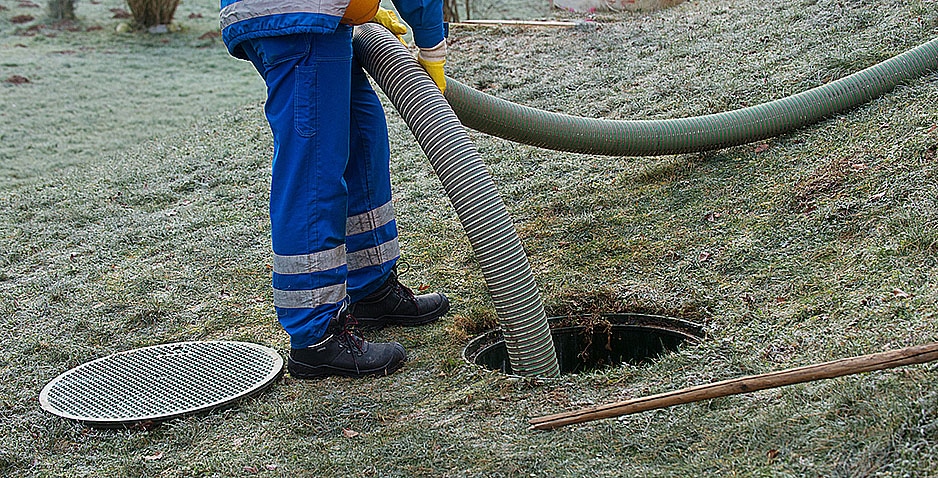If you have a dishwasher in your kitchen, you are amongst the lucky ones. Dishwashers are important kitchen appliances but do not come cheap. Just like other household electric appliances, dishwashers, considering their use can sometimes run into problems such as failing to drain. It can be a plumbing issue as well but you should call in an appliance repair professional for help. Here are some common reasons along with troubleshooting tips to help you get your machine running back to normal.
Dirty Filter And Trap
If you did not know, dishwashers come with filters that are designed to hold food particles and leftovers that can otherwise end up in sensitive areas and cause damage or malfunction. With time, these filters become dirty and clogged. This means the machine will not be able to pass the washing detergent through the filter.
It will work harder which is going to stress out the machine. Depending on the usage of the dishwasher, you will need to inspect and clean the filter at least once a week if you use the dishwasher daily. Fortunately, accessing the filter on a dishwasher is easy. All you need to do is follow the user manual and grab the right tools.
If the dishwasher is old, you might want to replace the filter. This is because wear and tear will result in cracks and damage. Using a damaged filter will make things even worse. Don’t worry, filters are not expensive to replace but make sure you find the exact replacement.
Liquid Detergent
Another noteworthy consideration while using a dishwasher is whether it is suitable to use a liquid or powder detergent. It is often the case that owners completely neglect this factor and opt to use liquid detergent when the manufacturer has recommended powder detergent.
You might have used liquid detergent in the past to wash the dishes and the result might have been impressive. However, there is a difference between using a pinch and a tablespoon. The problem with using liquid detergent is that it creates so many suds that it becomes difficult for water to drain after the cycle.
The simple fix in this situation is to use a detergent suggested by the manufacturer of the dishwasher. If the user manual states powder detergent, use that but if you wish to go the opposite route, make sure you use a very limited quantity.
Blocked Drain Hose
The drain hose should be connected to the sink. If not, it may be to the garbage disposal. Check and clean the drain hose because it can get blocked with food particles and grease. Moreover, in some cases, the drain hose is kinked, blocking water to flow down. This is also common in washing machines so even when your washer is not draining, you should check and clean the drain hose before contacting a washer repair Springfield service.
Garbage Disposal Blockage
If your dishwasher is not draining, you might want to check the garbage disposal for blockage. More often than not, homeowners tend to ignore or forget about clearing out the garbage disposal, which can cause the dishwasher to malfunction. Try finding a hose that connects the dishwasher to the garbage disposal.
With time, the garbage disposal can become blocked with food residue. As a result, water can’t come out of the dishwasher because of blockage in the hose. This is what they term the standing water effect.
If the garbage disposal happens to be the culprit, you will need to thoroughly clean it. If that is not possible, you should better hire an expert.
Clogged Air Gap
Believe it or not, there have many cases where the dishwasher draining problem arose due to a clogged air gap and the homeowners did not have a clue about it. In many kitchens, there is an air gap to drain configuration. In this case, the drainage problem might be due to an obstructed air gap.
If you did not know what that is, it is a small cylindrical knob. You can find it on the back of the sink. In general, the air gap is good thing. It keeps vacuum from blocking the drainage system. If the dishwasher is not draining, you should clean the air gap. You can do this by removing the cap you see on the air gap.
At the same time, disconnect the hose so that you can inspect it from the inside as well. In most cases, it will solve the problem but if not, you will need to hire an expert.
Drain Basket Food Buildup
If the drain hose, air gap, and garbage disposal seem to be clear of any obstructions, then the culprit might be the buildup of fat, food, and other debris in the drain basket located at the base of the dishwasher. This is an important component of the dishwasher and resembles an upside-down basket that is attached to one or two screws.
To access the drain basket, you will need to remove the covers by loosening any fasteners. This will allow you to remove the basket from the dishwasher. Empty the basket in a trash can and after that, clean it well.
Finally, reinstall the drain basket and use a small amount of detergent to run the cycle and see if the issue is resolved.
Aged Plumbing
Most issues with the dishwashers are cheap and simple to fix especially if the dishwasher happens to be new. However, if the problem is with the plumbing, you are looking at a few days worth of time and labor. Colder months can be harsh on the plumbing system and if you live in a cold region, do not be surprised if the plumbing systems experience problems.
If you have already tried all of the above troubleshooting tips but the problem is still not going away, it means your plumbing systems need an overhaul. Unfortunately, you can’t do this on your own. You will require a professional for this job. Make sure you interview and get a quote from different companies or experts.
It’s a good idea to ask someone close for referrals. This way, you will have peace of mind having to work with someone who is already known.
Intact Knockout Plug
If you have a new dishwasher unit and experience slow drainage, the garbage disposal may be causing this. This usually happens due to improper installation because user manuals are not so forthcoming about the minor details.
That culprit happens to be the knockout plug. Even the big manufacturers sometimes do not bother mentioning the installation process. Then again, you will need to disconnect the drain hose and locate a port that contains the knockout plug.
Use a blunt instrument and run it down the hole while smacking it a few times until the plug falls into the disposal. Then, remove it using your hand or grind it by running the unit. Once the plug is released, the water should start draining more quickly.
Conclusion
You must regularly inspect and clean the dishwasher to prevent this problem. Most importantly, hire a dishwasher repair Fairfax expert who can perform a thorough inspection, repair, and maintenance. This goes a long way in terms of keeping your dishwasher trouble-free.



